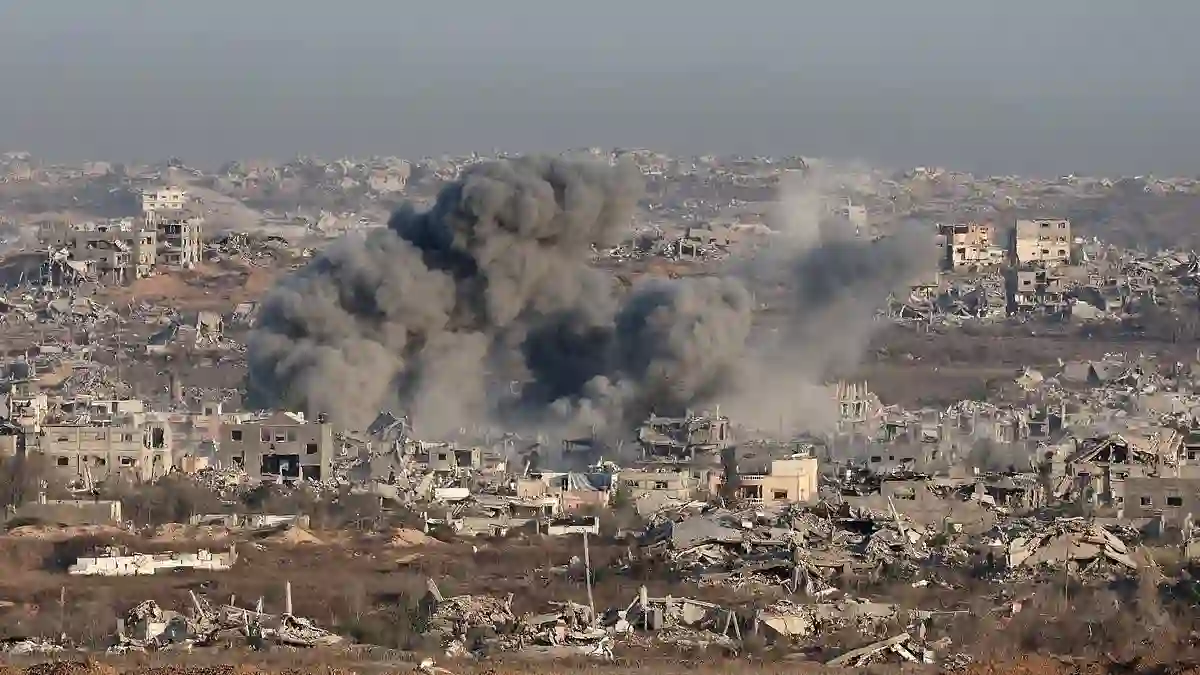As international aid efforts struggle and the hostage crisis drags on, Israel’s Prime Minister Benjamin Netanyahu appears to be taking a hardline stance—one that could reshape the entire future of Gaza.
A Bold Demand to the Military
According to reports coming out of Israel, Netanyahu has directly told military leaders to prepare for a full-scale takeover of the Gaza Strip—including the regions where hostages are currently believed to be held.
A source close to the Prime Minister told The Jerusalem Post that Netanyahu passed a firm message to IDF Chief of Staff Lt.-Gen. Eyal Zamir.
The source quoted Netanyahu as saying bluntly, “If this does not suit you, then you should resign.” It’s a sign of just how serious—and urgent—Netanyahu considers this next move.
Cabinet Talks Coming Up
Netanyahu is reportedly planning to present this takeover proposal to his cabinet soon, seeking their support to push the plan forward.
A high-level Israeli official said the Prime Minister is still weighing every possible option regarding how to proceed with Gaza and the fate of the remaining hostages.
Adding to the international pressure, Steve Witkoff—President Donald Trump’s special envoy—has flown back to Washington to engage in further talks. The same official made it clear: “There is broad agreement that any deal must secure the release of all hostages.”
Hamas Brushes Off Threats
Hamas, for its part, isn’t flinching. In response to the takeover warnings, the group issued a statement calling Israel’s threats “repetitive, worthless, and irrelevant.”
Yet behind closed doors, there’s a sense that the group won’t back down unless Israel completely surrenders—something an Israeli official said simply “won’t happen.”
A Channel 12 analyst quoted a government insider warning: “If we don’t act now, the hostages will starve to death and Gaza will stay under Hamas’s rule.”
Netanyahu’s Vision: A Fully Occupied Gaza
Local reports suggest Netanyahu has used the phrase “occupation of the Strip” in private discussions—hinting that he’s not just considering temporary raids or partial operations.
Currently, Israeli forces control around 75% of Gaza, but this plan could extend that control across the entire region.
In a public video statement, Netanyahu didn’t mince words.
He vowed to “free Gaza from the tyranny of these terrorists.”
Military Leaders Reportedly Oppose the Plan
Despite Netanyahu’s push, the Israeli Defense Forces (IDF) reportedly aren’t on board with the proposal.
According to The Times of Israel, IDF leadership believes that completely removing Hamas infrastructure would take far longer than the Prime Minister might expect.
Ceasefire Talks Collapse in Doha
Meanwhile, ceasefire negotiations in Doha between Hamas, Israel, and international mediators have fallen apart after months of back-and-forth.
Hamas is now demanding that hundreds of trucks filled with aid be allowed into Gaza before they return to the table.
Although aid from international donors is trying to bypass Hamas, getting supplies into the region remains a major hurdle.
Hostage Videos Add to the Pressure
Over the weekend, Hamas released footage of some of the remaining hostages, showing them looking visibly thinner and frail—evidence, they claim, of the worsening famine in Gaza.
These visuals have further fueled urgency in both humanitarian and political circles.
Aid Standoff Continues
The Red Cross has stepped up, announcing it will send more supplies directly to the hostages, with help from the Gaza Humanitarian Foundation.
But Hamas has laid down new conditions: they say aid will only be allowed through if Israel permanently opens supply corridors and suspends all air operations during deliveries.
UN Raises Alarm on Famine Risk
The humanitarian outlook in Gaza is dire. According to the United Nations, over half the population is now at risk of famine—a sobering statistic that adds another layer of pressure to an already volatile situation.

